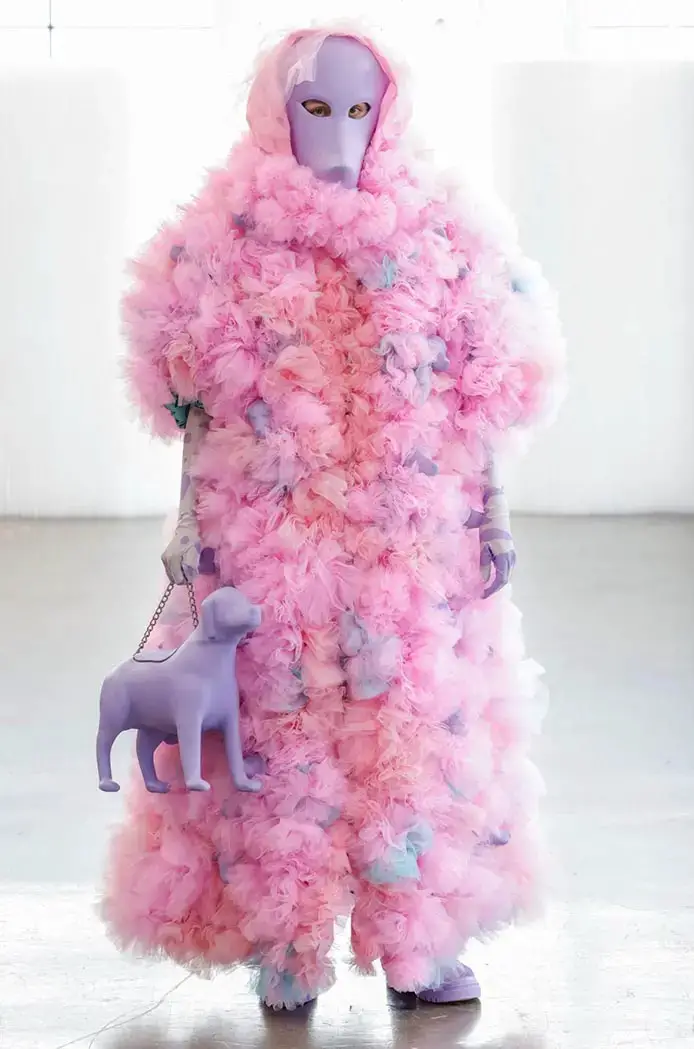When is Fashion Week?
So when is fashion week, anyway? (And what is it?) Short answer: fashion week generally refers to the womenswear shows that happen twice per year (February and September) in the “Big 4” fashion capitals of New York, London, Milan, and Paris (in that order). However, the fashion calendar also includes Men’s Fashion Weeks (January and June), Bridal Fashion Week (April and October), and Miami Swim Week (late May to early June). With these specialized events and the proliferation of fashion weeks globally, it’s truly always fashion week somewhere. (You can also see the full dates here.)
The Fashion Week Calendar Structure
The global fashion calendar is now packed with events throughout the year, making it accurate to say “it’s always Fashion Week somewhere.” However, the term “Fashion Week” primarily refers to the womenswear shows that occur twice yearly in the “Big 4” fashion capitals.

Annual Fashion Week Cycle
Fashion Weeks follow a consistent annual pattern, with specific events occurring during predictable months. For the most current dates, always check our Fashion Week Dates page.
January: Men’s & Haute Couture
- Milan Fashion Week (Men’s): Mid-January
- Paris Fashion Week (Men’s): Late January
- Paris Fashion Week (Haute Couture): Late January
February/March: Main Womenswear Season
- New York Fashion Week: Early February
- London Fashion Week: Mid-February
- Milan Fashion Week: Late February
- Paris Fashion Week: Early March
June/July: Men’s & Haute Couture
- London Fashion Week (Men’s & Women): Mid-June
- Milan Fashion Week (Men’s): Late June
- Paris Fashion Week (Men’s): Late June
- Paris Fashion Week (Haute Couture): Early July
September/October: Main Womenswear Season
- New York Fashion Week: Early September
- London Fashion Week: Mid-September
- Milan Fashion Week: Late September
- Paris Fashion Week: Late September to Early October
Additional Fashion Weeks
Beyond the “Big 4” fashion capitals, several other notable fashion weeks occur throughout the year:
Specialized Fashion Weeks
- Bridal Fashion Week New York: April (Spring collections) and October (Fall collections)
- Miami Swim Week: Late May to early June
- Men’s Fashion Weeks: January and June in Milan and Paris
Understanding Fashion Week Seasons
The traditional fashion calendar follows a specific naming convention that can sometimes create confusion:
Season Naming
Traditionally, fashion weeks showcase collections for the upcoming season, roughly six months ahead:
- February Shows: Primarily feature Fall/Winter collections
- September Shows: Primarily feature Spring/Summer collections
Evolving Seasonal Conventions
The traditional system is evolving as consumer demands change:
- See-Now-Buy-Now: Some designers now show in-season collections available for immediate purchase
- Season-Fluid Collections: Increasing number of designers creating seasonless or trans-seasonal clothing
- Gender Integration: Traditional divisions between men’s and women’s fashion weeks are blurring
The “Big 4” Fashion Capitals
The fashion industry follows a specific order for the “Big 4” fashion weeks:
The Established Order
- New York: Always first, setting the season’s initial direction
- London: Second, often showcasing experimental and emerging talent
- Milan: Third, featuring established Italian luxury houses
- Paris: The grand finale, presenting both heritage houses and avant-garde designers
Finding Current Fashion Week Dates
Fashion Week dates can shift slightly from year to year. For the most accurate and up-to-date schedule information:
- Visit our comprehensive Fashion Week Dates page
- Check specific city pages for detailed schedules:
- For ticket information, visit our Tickets page
Fashion Week Access Options
There are multiple ways to experience Fashion Week depending on your industry connection:
Industry Professionals
Buyers, editors, stylists, and other fashion professionals typically receive invitations directly from brands or through industry credentials.
Fashion Enthusiasts
The public can experience Fashion Week through:
- Ticketed Shows: Many events now offer public access options
- Digital Access: Livestreams and virtual experiences
- Fashion Week Online® VIP Membership: Exclusive access to discounted tickets and special events
Fashion Week runs like clockwork year after year, following this consistent calendar structure. While exact dates may shift slightly each year, the pattern remains the same—allowing the global fashion industry to plan accordingly and ensuring that somewhere in the world, it’s always Fashion Week.



